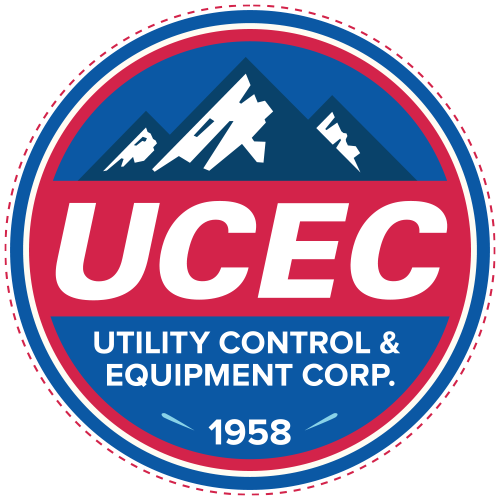What is an electrical control enclosure and how is it rated?
In our industry, there are three different types of ratings for electrical control panel enclosures: NEMA, IP (ingress protection in the EU), and UL types (1, 3R, 4, 4x, and 12). For the sake of this blog, we’ll be talking solely about UL type ratings.
1 – This is an indoor-only type cabinet. It is designed to protect against falling dirt and contains enough gasketing material on doors, etc, to not allow any dirt inside enclosure.
3R – This is an indoor/outdoor enclosure. It is designed to protect against accidental contact and falling dirt, rain, sleet, and snow. It also provides protection against any natural water or splashes from a car driving by as well as external ice formation. It is required to have a weephole inside to allow any water to drain out. It features a built-in gutter system on top, so rain slides off. An example of this type of enclosure is traffic light controls.
4 – This is an indoor/outdoor enclosure. It is designed to protect against falling dirt, windblown dust, rain, snow, sleet, splashing water, and hose-directed water. It features a better seal than the 3R, so it can withstand being sprayed off and cleaned with a pressure washer or hose. Constructed with mild steel and typically painted and powder coated, this enclosure doesn’t require a weephole because water can’t get inside.
4x – With all the same characteristics as a 4, the ‘X’ means it’s corrosion proof to some level. Made out of 304 or 316 grade stainless steel, aluminum, fiberglass or plastic, these enclosures are used in extremely corrosive areas. A typical example of this type of enclosure would be found on an offshore oil rig exposed to salt air.
12 – This type of enclosure is indoor only and is designed to protect from falling dirt, windblown dust, minor dripping and splashing water, and minor dripping or splashing oil and other non-corrosive materials. It also protects against lint and other types of fibers.
When it comes to rating panels, it’s important to note that any components you add to an enclosure (such as push buttons, touch screens, A/C inside, etc.), must have the same rating as the original enclosure itself to maintain that rating. UL tests certain additional types of equipment but mixing and matching components ultimately gives you an alternate enclosure rating. For example, if you put a type 4 push button on a type 12 enclosure, then the new enclosure rating is a type 5. Similarly, when an enclosure gets installed in the field with all its conduit pipes and connections, if the enclosure leaves as a type 5, you have to have type 5 fittings to maintain the seal and rating.
With all of that being said, there are ways around using differently rated components. For example, it’s possible to buy a window kit rated 12 that goes over a lesser rated touch screen in order to maintain the original rating.
The bottom line is: you always need to read the data sheets and match specs for add-on components to ensure they will maintain the high rating of the original enclosure.
Explosion proof enclosures
There’s another type of enclosure we’d like to talk about that are designed to function in even more extreme environments: explosion proof enclosures. They’re meant to go in hazardous locations where ignitible gas or vapor is free floating in the air around where that enclosure needs to be installed. They’re constructed in such a way that they keep explosions contained inside so they don’t get outside and cause a larger explosion.
Here’s how they work: most enclosures have a single three-point latch. But explosion-proof boxes have a large flange all the way around with bolts every couple inches. They’re made of cast aluminum and you have to remove all the bolts to take the cover off. They’re designed to take an explosion without cracking internal parts. They do this by having the flanges between each bolt cool the spark so it’s too cold to ignite once it exits.
For hazardous location panels, you can use type 4 or 4x as a base. Here are two ways to do it.
1. Use nonincendive equipment. All equipment is rated for the hazard, so no arcs or sparks are possible and all contacts are contained. This option is cheaper than option 2.
2. Purging pressurization. This involves pumping compressed air into the cabinet to keep positive pressure to allow any gas from outside to migrate inside. To work efficiently, purging pressuraization requires a very good compressor with very good filtration system. For that reason, this is a more expensive option than using nonincendive equipment.
There are three types of hazardous location panels:
Class 1/Division 1 (small minority. panel is in area with ignitible concentrations)
Class 1/Division 2 (minority. In a gas area, but not inherently risky)
Non-hazardous (majority)
For more than 60 years, UCEC has been helping guide clients just like you to help them make better informed decisions about their electrical panel questions. As always, you can connect with our experienced team today to get a quote, ask a question, and more.

